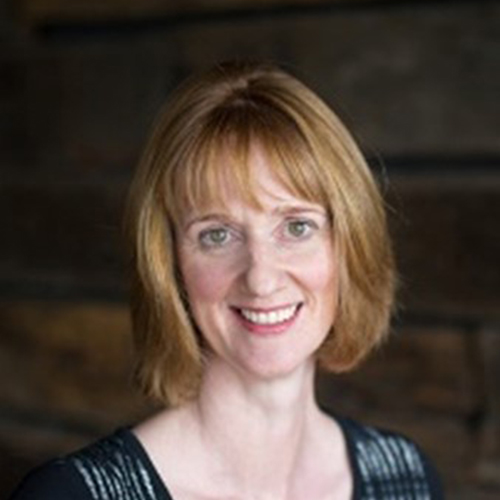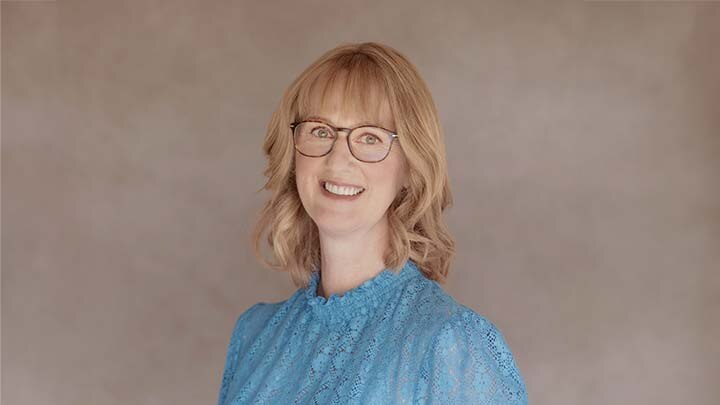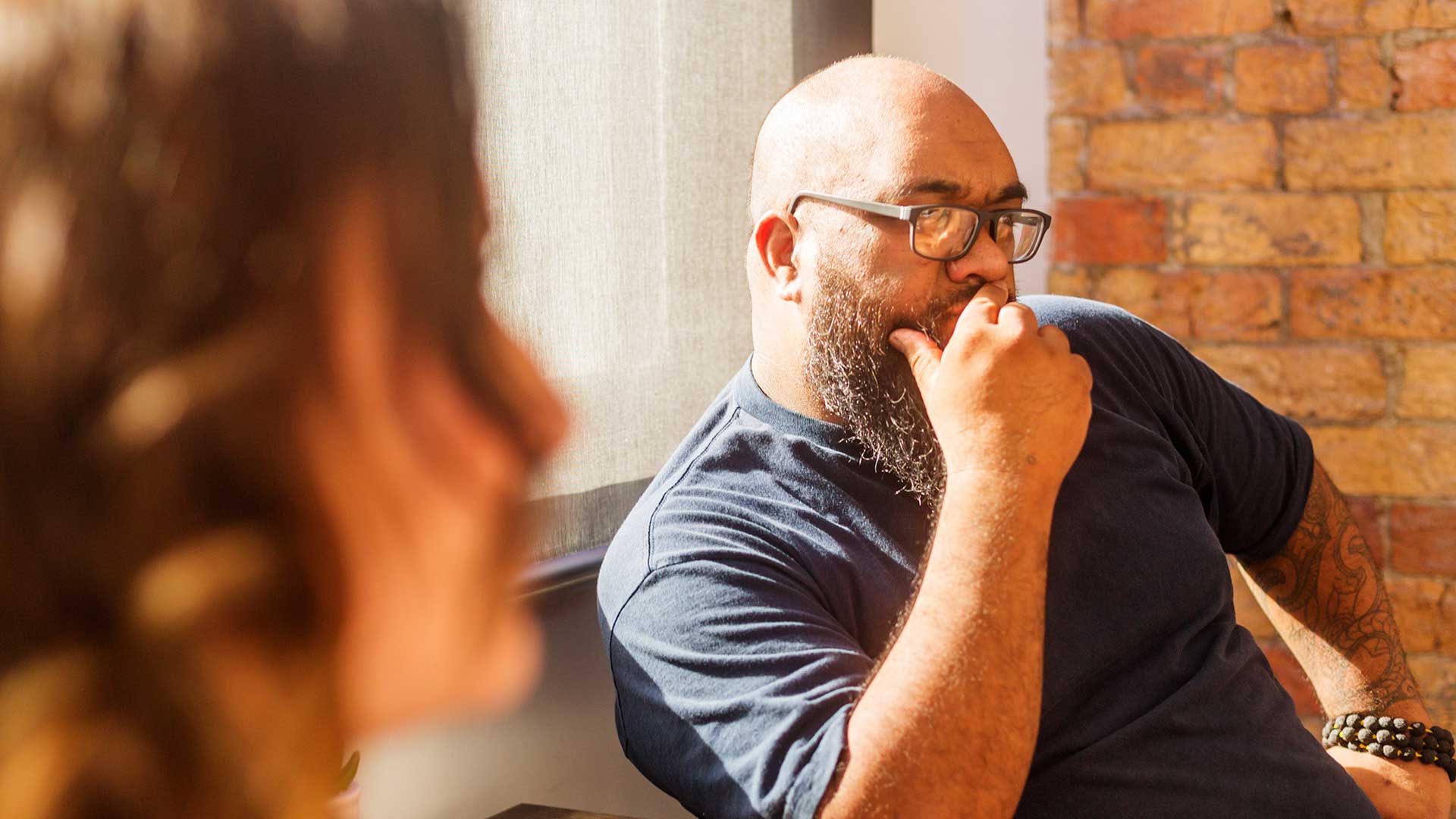In 2020, New Zealand’s Ministry of Education used the research findings to introduce a pornography section in the relationships and sexuality education guidelines for schools, and to develop an online learning module on pornography for teachers.
David Shanks, who commissioned this research, talks to the importance of centring the voices of young people to understand their experiences, engage with them on this sensitive topic, and shift the debate from a moralistic stance to a focus on their wellbeing.
Jocelyn: Researching youth on the topic of porn at scale and in such an in-depth manner is pretty ambitious. What drove you to commission the work?
David: It absolutely was an ambitious project to engage with a comprehensive study of youth and pornography. In fact, we ended up surveying nearly 1% of the 14-17-year-old cohort here in New Zealand, which was a very significant achievement.
What drove us to that ambition was clear. During the 1990s, the development of new technologies began facilitating the proliferation of porn and other types of harmful content.
This triggered a discussion, debate, and policy response, which led to the creation of the Classification Office in 1994 to regulate this material.
While the internet was in its infancy, most adult pornographic material was still being watched in physical media form. This could therefore be reviewed by the Classification Office and be age restricted, then marketed to adults in a regulated way, or distributed via rental outlets in a relatively effective regulated manner.
When I became Chief Censor in 2017, the industry had completely changed. It had been some time since an adult DVD had come into our office, but pornography was still being watched.
There was a reasonable assumption that the historical regulatory protections preventing children and young people from accessing this material were no longer effective, particularly as the average age for a child getting their first smartphone in New Zealand is 11 or 12 years old.
Given this and the wider global industry context, it was clearly necessary to engage in an evidence led approach to understand the scope, scale, and impacts of the problem, as well as thinking about strategies to deal with it.

Related insights
Our latest thinking
Subscribe to receive regular updates on our latest thinking and research across the public policy agenda
Our latest thinking
Subscribe to receive regular updates on our latest thinking and research from across the public policy agenda






.png)
